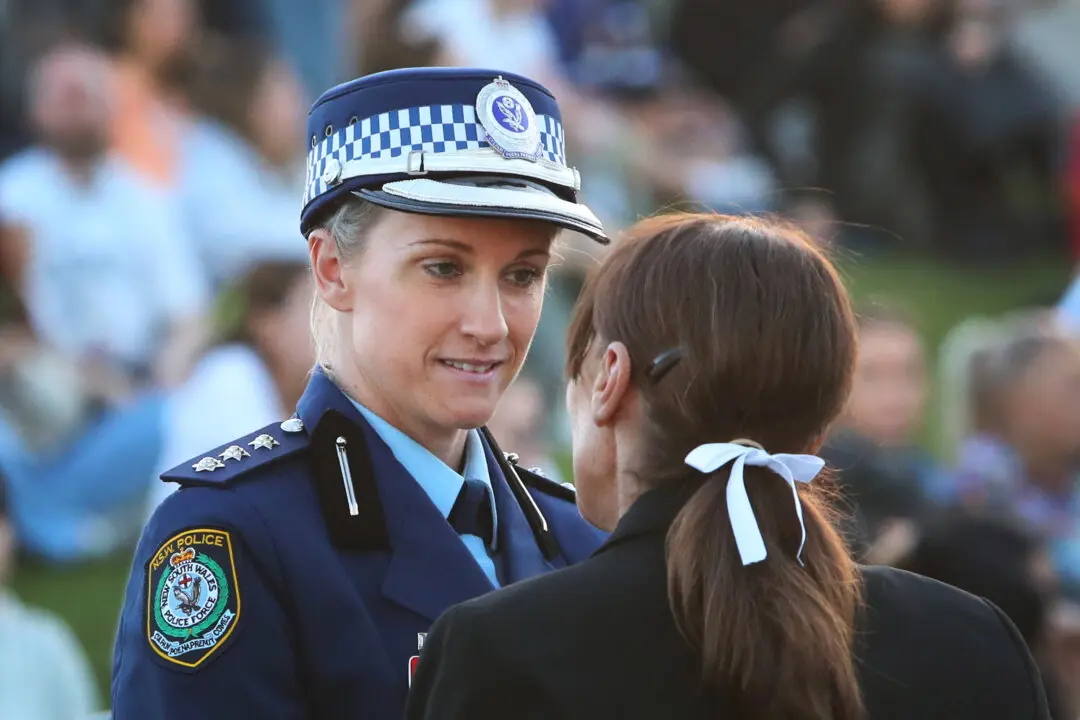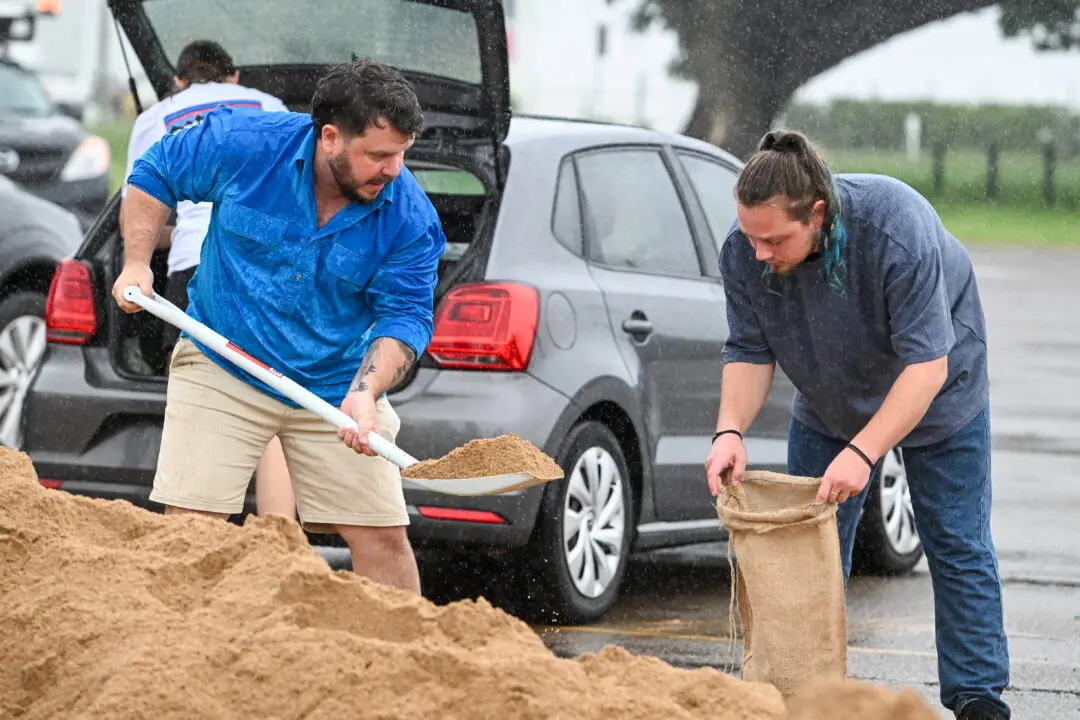A minister for Sydney could help solve the city’s housing deadlock, meet imposed targets and settle a political fight over higher-density living, an influential lobby group says.
Premier Chris Minns says Australia’s most populous city should accommodate more high-rise residential development in its business centre and he is prepared to take on long-time mayor Clover Moore to make it happen.





